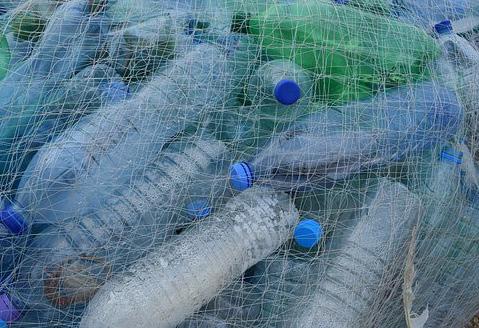CIRCULAR ECONOMY
WHERE DOES THE CONSUMER FIT IN? In a bid to move towards a circular economy, the South African government has gazetted new legislation that will have a big impact on how businesses manage their products at end of life, but what about the consumer?
A
ccording to the State of Waste Repor t, South Africa generated 108 million tonnes of waste in 2017. Only 21% of that waste ended up in recycling plants, with the majority going to landfill sites – many of which are nearing critical capacity. To drastically change this and encourage a transition towards a circular economy – where materials are reused repeatedly – government gazetted new legislation in November 2021, which will have a big impact on businesses. Producers now must take responsibility to ensure that their products are collected for reuse or recycling at end of life.
40
FEBRUARY 2022
|
ReSource
This is according to the ‘Regulations regarding Extended Producer Responsibility’ (EPR) and the accompanying regulations for paper and packaging, lighting, and electrical and electronic equipment. Under these regulations, responsibility is placed on producers to work with waste management companies, as well as informal waste collectors, to establish collection and recycling schemes. Producers must also: • be registered with government within six months of the notice • submit regular audits to government • comply with rules for cleaner production, reduced rates of waste as well as reusing existing materials
• pay an EPR fee. These new regulations are seen as an important step in dealing with a number of problematic waste streams in South Africa, and in moving the country to a more circular economy – a concept also alluded to in the National Waste Management Strategy. “A more circular economy provides many opportunities for South Africa”, says Professor Linda Godfrey, principal researcher at the CSIR and manager of the Waste RDI Roadmap. “Ver y often, the circular economy is used as a synonym for recycling or the implementation of the waste hierarchy; and EPR is seen as the policy instrument to drive a circular economy.


















